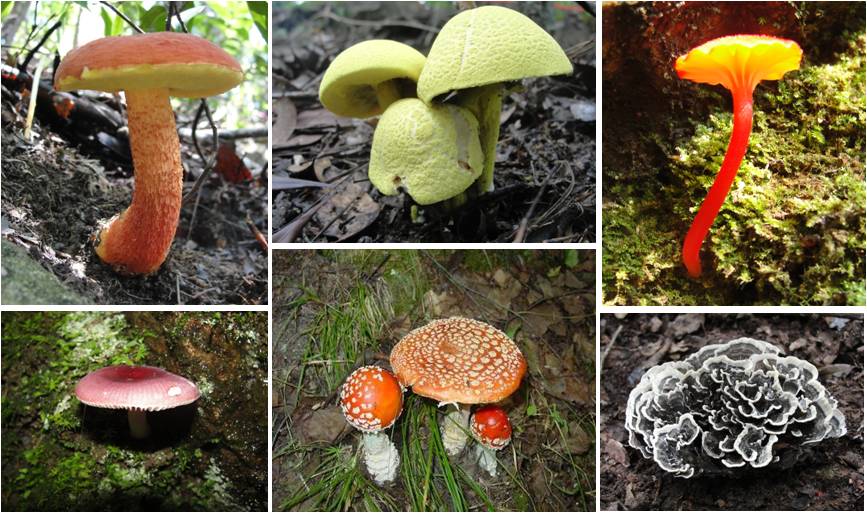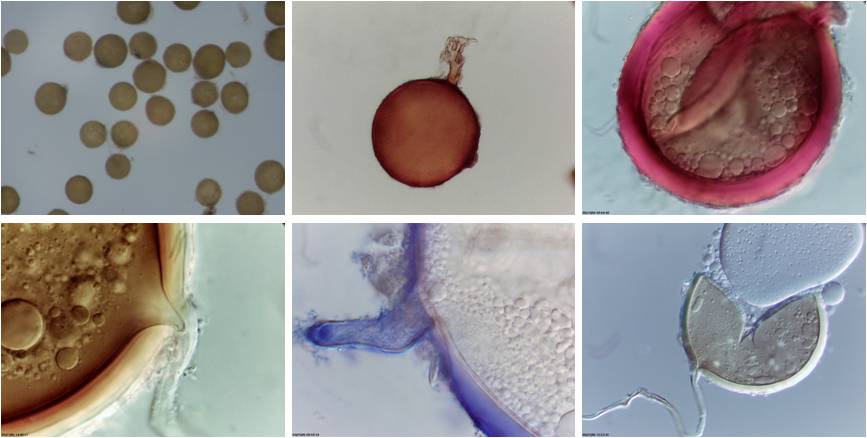Researsh Interests and Results
Research Interests
Mainly worked on Taxonomy, Molecular Systematics, Ecology and Biodiversity of endophytic and mycorrhizal fungi. To detect fungal diversity in natural environments using molecular techniques. To screen and evaluate DNA barcodes for important fungi. To understand the ecological function of endophytic and mycorrhizal fungi in the natural ecosystems. To study the mechanism of response and regulation of endophytic and mycorrhizal fungi to global climate change and exotic plant invasion.
Main Research Results
1) More than 6000 strains were isolated from ca. 5000 samples collected from forest, grassland and cropland. Totally, more than 1000 fungal species were identified based on morphology and molecular data, including one new genus, 13 new species, 10 new recombination, and 30 new records to China.
2) Arbuscular mycorrhizal (AM) structures of 178 plant species were investigated. The results indicated that three types of AM structures, i.e. Arum-type, Paris-type and intermediate-type, commonly occurred in the roots of plants observed. Paris-type was the dominant AM structures in ferns. AM structures were formed by Glomus species in mosses according to the observation of AM structures within roots and trap culture using mosses as inocula.
3) Endophytic fungi were investigated in various plants, such as lichens, conifers and broad-leaved plants. Some endophytic fungi had host and tissue preference. The colonization and community composition of endophytic fungi were affected by tissue ages, growing seasons, and geography. Endophytic fungi can decompose leaves of Acer truncatum and produce extracellular enzymes.
4) Ectomycorrhizal (ECM) fungus communities of Pinus tabulaeformis, Quercus liaotugensis and Castanopsis fargesii were investigated based on the analyses of ECM morphotyping, ITS-RFLP and ITS sequences. A total of 26 ECM fungal taxa were isolated from P. tabulaeformis, including 17 Basidiomycetes and 9 Ascomycetes. Sixty-six ECM fungal taxa were found from Q. liaotugensis, including 51 Basidiomycetes and 15 Ascomycetes. Total 17 ECM fungal taxa were recovered from C. fargesii, including 14 Basidiomycetes and 3 Ascomycetes.
Totally, there have been more than 70 publications, including more than 30 SCI papers and chapters in two books.

Fig. 1 Ectomycorrhizae

Fig. 2 Fruiting-bodies of ectomycorrhizal fungi

Fig. 3 Arbuscular mycorrhical fungi



